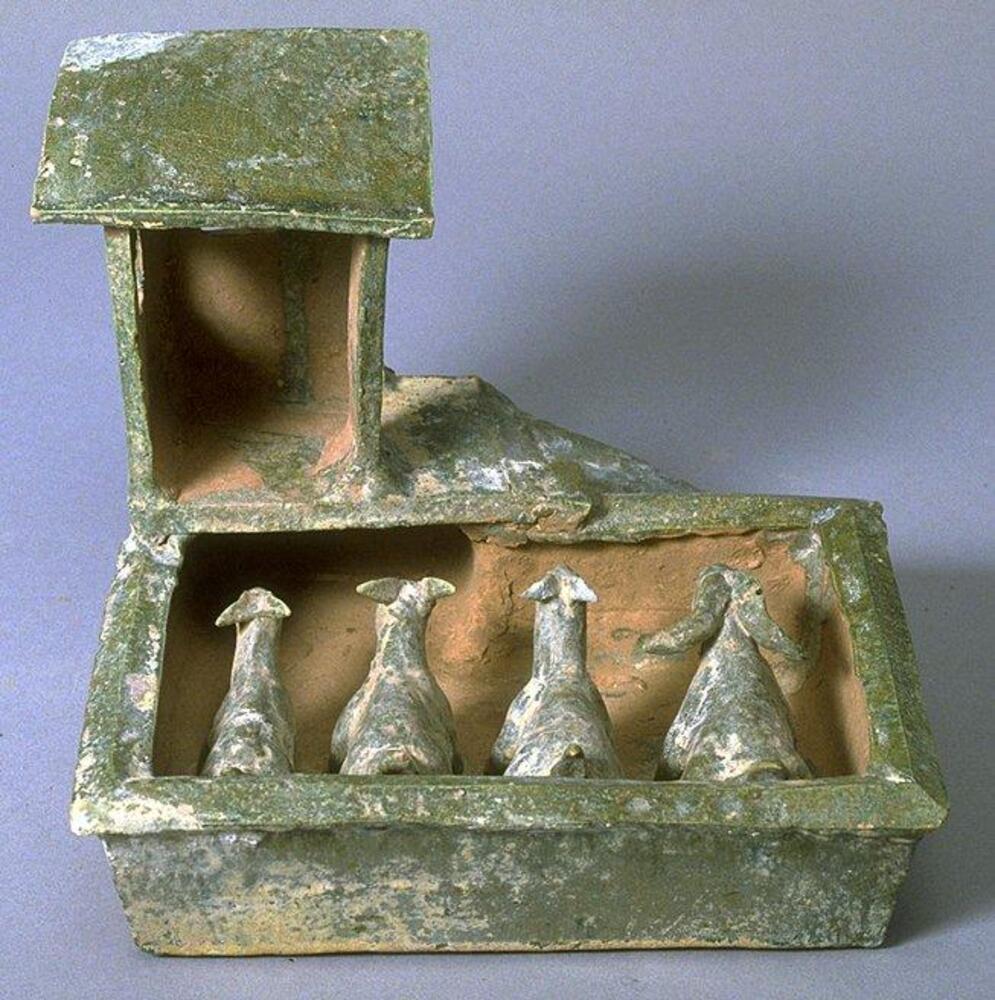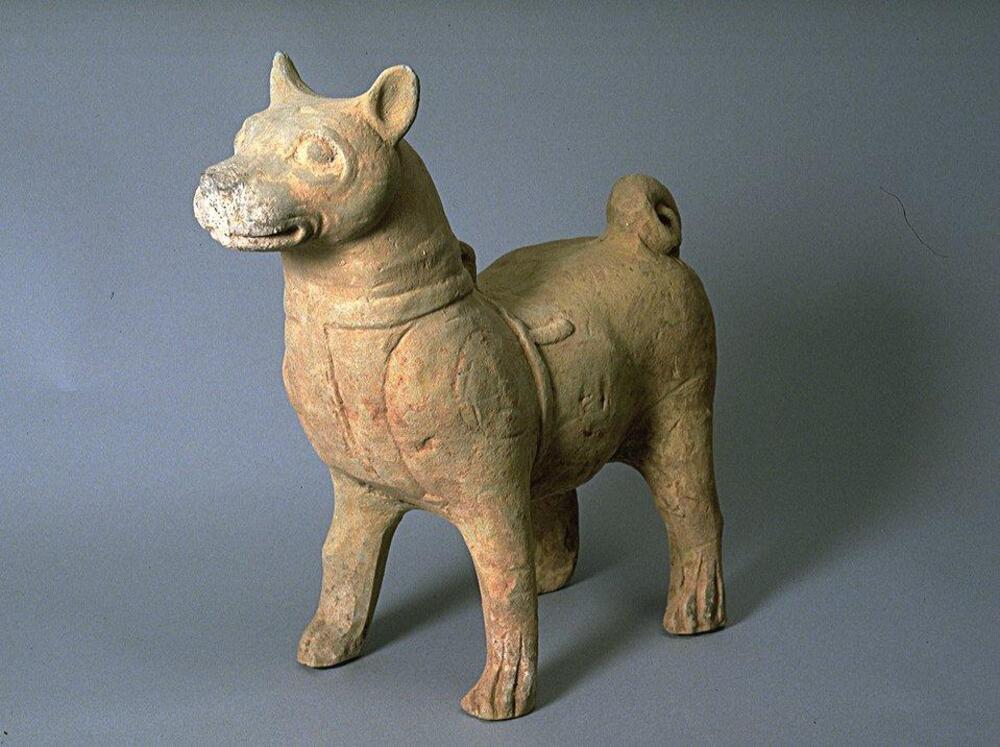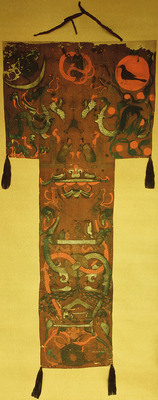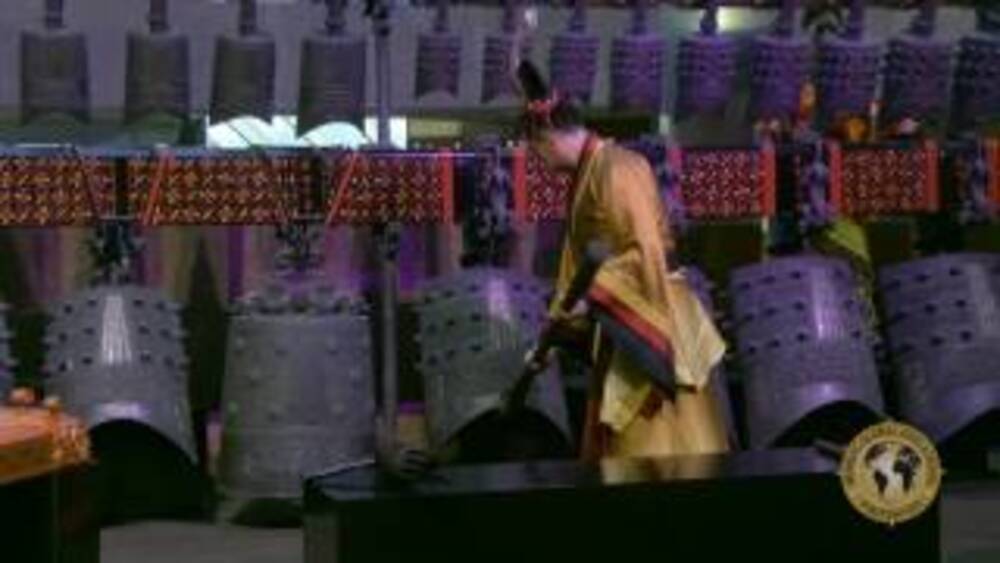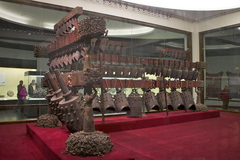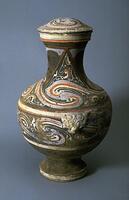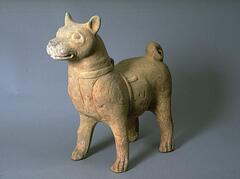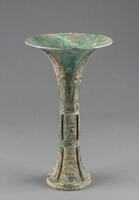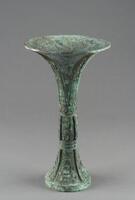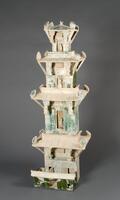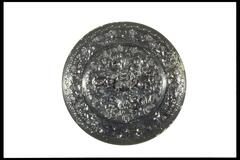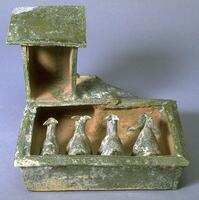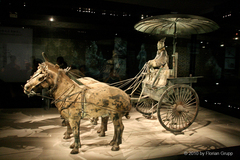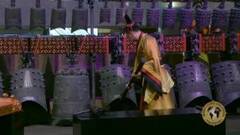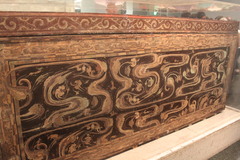Tomb goods of China
If you were to design an elaborate burial tomb for yourself in preparation for your death, what would you create? What do you envision doing in the afterlife? What things would you need? Why?
These are the questions that, in some form or another, have been asked at various points in time by peoples of diverse cultures. From Tutankhamun's resting place in Egypt to Shah Jahan's commission of the Taj Mahal for his wife's tomb in India to the elaborate necropolis of Qin Shi Huang in China, there is no shortage of famous tomb sites. Studying these sites and the objects found therein can provide insight into a community's (or even just a specific person's) answers for the above questions.
The University of Michigan Museum of Art has a significant collection of objects related to Chinese mortuary contexts. Although tomb goods and burial practices in China varied depending on geographic location, time period, and social class of the person entombed, there are often many commonalities.
For example, everyday personal objects were included for use by the deceased in the afterlife. In China, mirrors have been available since the late second millennium BCE. These mirrors were bronze disks with a relief on one side and a highly polished, reflective surface on the opposite side. Personal accessories such as these mirrors were often included in tombs of people with means. The motifs on the mirrors can provide a variety of information about the community that created and/or used it- such as spiritual belief systems, social practices, cultural exchanges, and much more. The mirror pictured on the left has a lion and grape motif, which illustrates how trade practices affected cultural symbolism in the communities of China. During the Han dynasty (206 BCE-220 CE), grapes were introduced through trade with west Asia and these fruit clusters came to be associated with prosperity and numerous offspring within Chinese cultures. In ancient Persia, the lion was a symbol of royal authority. The motif entered China on tribute items and became a popular motif on Pan-Asian works.
Many tombs have model-sized version of things that would be too large to practically fit into a tomb, as illustrated by the image to the right of an earthenware watchtower model. This object not only may have provided assurance of the comforts of home in the afterlife scaled to a miniature size in order to fit in the tomb, but such objects also provide modern-day viewers with information on things like early wood-frame architecture in East Asia or the community practices of the time. During the Han dynasty, villagers often slept together in gated structures similar to this for safety.
The Han dynasty was rich in funerary pottery and such objects can be quite diverse. This model of a goat pen is yet another example of the creation of something the deceased may have owned in life replicated in a small, easily entombed scale. Charmingly detailed, it depicts a goat family seemingly waiting in their pen for their master. An object that many today could relate to on a personal level is this earthenware dog (pictured below). The large number of excavated figures of dogs provides evidence that dogs were domesticated and seen as household members as early as two thousand years ago. This Han-dynasty work also shows a shift in burial practice. Live humans and animals were entombed with kings and upper elite in earlier centuries, but by this period the dead were buried with clay models. Clay models had the additional benefit of affordability so the practice was used by aristocrats of many levels.
The affordability of clay in comparison to works of bronze (discussed below), for example, resulted in many clay vessels created as tomb goods. This covered hu jar (pictured left) of UMMA's collection is decorated with swirling painted patterns illustrating a design of Mount Penglai surrounded by clouds. This work is a great example of the movements of motifs across media. The patterns painted here were taken from textile designs, a form of art that emerged in Han times. Popular motifs were used in a variety of artistic media from textiles and paintings to ceramics and lacquer.
The painting pictured here on the right is one of the earliest examples of painting in China. Both this work and the detail image of a lacquer nesting coffin shown below were excavated from the tomb of Lady Dai at Mawangdui. Early patterned textiles were also found at the site. All from the Han dynasty period, the designs in the Mawangdui objects have strong similarities in palette and style to the UMMA hu.
Though many of these intimately-scaled objects exist in collections around the world, there are also examples of more elaborate versions. Perhaps the most famous site is that of the First Emperor of Qin (Qin Shi Huang), which had an extensive collection of replicas of humans, animals, and objects (see this book). The chariot (one in a pair) pictured to the right is about 50% of the size of an actual horse and carriage. The level of detail and craftsmanship on this chariot and the many other works found in Emperor Qin's mausoleum attests to his extreme wealth and power.
The medium, craftsmanship, and size of a work can inform us about the means of the deceased. Even below the level of Emperor, there are examples of extreme affluence and influence. A set of chime bells excavated from the tomb of Marquis Yi of Zeng (pictured left) has provided historians with a wealth of information, not the least of which relates to the history of music in China, bronze manufacture, and social customs.
Bronze working, with an extensive history in China dating back to the Shang Dynasty (circa 1600-1046 BCE), has a strong presence in Chinese funerary practices. Its use was relatively extensive among the elite, as seen in the lion and grape mirror, the Qin chariot, and the set of chime bells.
Bronze was perhaps most extensively used for ritual vessels such as the pair of gu (libation goblets) housed in UMMA's collection, illustrated here. Only one of the many types of Shang-dynasty ritual vessels (see this book for more), the placement of such objects in the tomb can illustrate connections in ritual practice or context. For example, the fact that gu are often found in tombs paired with jue (drinking cups) indicates a connection between them in ritual contexts. With their sleek silhouettes punctuated by raised lines of bronze and the anthropomorphic motifs of the taotie masks and kui dragons (see this book), the two gu from UMMA's collection are characteristic of late Shang bronzes.
The works discussed here are a very small selection of examples of Chinese mortuary items. The archaeological evidence and extant objects found in collections around the world can enrich the study of the history mortuary practices in China. It is clear that these objects and the many other types not discussed here were seen to enhance life after death for the deceased. Check out the other Chinese mortuary goods in UMMA's collection here (also listed as a related resource at the top of the bar to the right).
To return to the way we started: how would you enhance your afterlife? What sort of structures or objects would you want to "bring with you"? If you couldn't bring the actual object, how would you create replicas in today's world?
3 Links
Created For
K-12 EducatorK-12 Student
Museum Visitor
UMMA Docent
UMMA Staff
University Faculty
University Student
Rate this Resource
AVG: 0 | Ratings: 0
& Author Notes
All Rights ReservedLast Updated
November 8, 2017 2:21 p.m.Report
Reporting Policy


